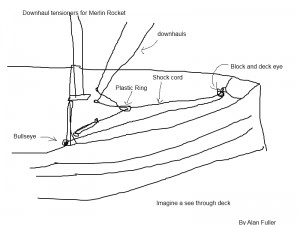 Goalscape is a great piece of software developed by Olympic sailors to really visualise goals. Of course goal setting is critical to becoming the best in the world in a sport, but this great piece of software has so many uses in ‘normal’ peoples’ personal and business lives.
Goalscape is a great piece of software developed by Olympic sailors to really visualise goals. Of course goal setting is critical to becoming the best in the world in a sport, but this great piece of software has so many uses in ‘normal’ peoples’ personal and business lives.
We wrote about Goalscape as a goal setting tool in sailing here, where they describe in detail hour to set goals for a campaign and how to leverage goalscape to help visualise and track those goals.
Goalscape rarely, if ever, provide a goalscape discount, discount vouchers or promotional codes for their software. This is because their software is already great value for money, but for one day only they are giving 40% discount as a special promotion. They have offered a 40% discount for 1 day only.
You may already be too late, but pop over to www.goalscape.com and see if you can grab a discount or deal (they offer educational / acedemic deals for Goalscape all year long). If you can’t don’t fret, download the free trial and give it a go, I’m convinced you would buy it even without the 40% discount. It won’t take much to get serious payback in terms of succeeding with your goals, using this software.
Goalscape has been adopted by many organisations and has multiple uses, beyond personal or business goal setting. The visualisation techniques really can help with managing project project, comparing products, selecting staff. The uses are pretty much endless. If you can get a Goalscape discount, because of an active special offer or Goalscape promotional code, then great for you.
